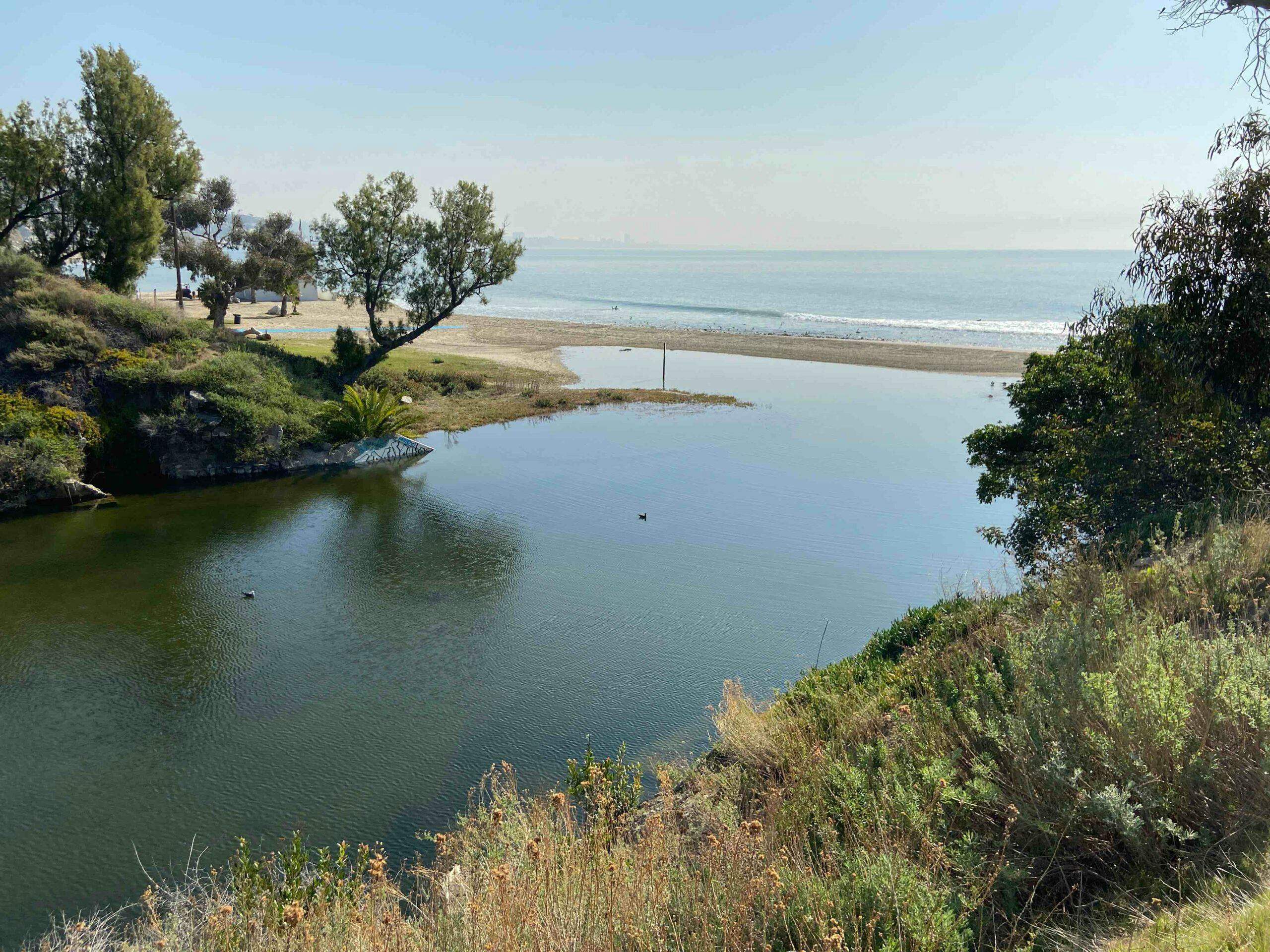Small-Scale Estuaries and Regional Wetland Monitoring
The northern portion of the Santa Monica Bay Watershed has many smaller sub-watersheds that end in small-scale bar-built estuaries that have largely been filled in with sediment from development over time and suffer from impaired water quality, such as Topanga Lagoon, Trancas Lagoon, and Zuma Lagoon. The Bay Foundation (TBF) is currently working with partner agencies to explore options to monitor and restore these estuaries to create a network of healthy wetlands throughout the Bay.
In addition to monitoring these local lagoons, applying standardized monitoring methods across large regions enables scientists to compare sites within that region and to develop a holistic ecological assessment. TBF has contributed to these efforts for coastal wetlands in Southern California. One of the primary goals of regional wetland monitoring is to increase our regional understanding of the health of our coastal wetland systems and apply that knowledge to standardizing wetland monitoring across the state of California. Site-intensive wetland monitoring provides important information on ecological function and processes, restoration performance diagnostics, and regulatory compliance, and also supports rapid assessments.
Project Highlights
